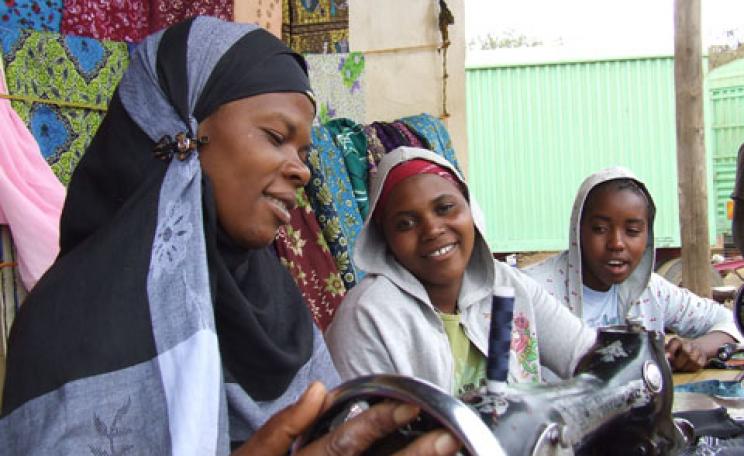Many of us enjoy the feeling of a book between our hands, flicking through pages, glossy or weathered, perhaps burying our noses in their inky depths.
But it is becoming increasingly difficult to justify this simple luxury when faced with deforestation, pollution from the pulp industry and chemical-based inks.
Fortunately, some in the publishing industry have not been content to sit and watch the paperback decline into the realms of the eco-villain.
Among a small but growing group of forward-thinking publishers is Devon-based Green Books, which has built a business on publishing environmentally-themed books with the lowest footprint possible.
Vegetable ink is used on paper made from a minimum of 75 per cent recycled material, and printed locally - within 150 miles as the crow flies from Green Books' office in Totnes.
More than words
These green production initiatives were recognised at the latest British Book Design and Production Awards, when Green Books' Herbs for Home Treatment (written by Anna Newton) was awarded the environmental award.
The cover is made from 75 per cent recycled material and the inner pages from 100 per cent recycled material. Vegetable ink was used, as it is with all of Green Books' publications, and it was printed nearby at TJ International of Padstow, Cornwall.
In comparison, the three other books in the category used a maximum of only 60 per cent recycled paper, with one opting for FSC-certified virgin pulp instead.
Good practice
John Elford, Green Books' publisher, says that the award was clearly judged predominately on the environmental-quality of paper used, but that it's hard to rank one element of sustainable production over another.
For example, one runner-up is committed to day-to-day office operations that are as carbon neutral as possible, but this was not a criterion for the award and in this case his efforts went unrecognised.
Elford explains that, like many industries, publishing wants to be seen as environmentally friendly, and there is a shift towards using FSC-certified paper.
This seems to be a much more common practice than the more preferable recycled materials route, but Elford believes that is partly because unfortunately 'everyone probably couldn't use recycled paper; there's just not enough to go around'.
Supporting environmental initiatives in the mainstream printing industry is the Environmental Action Group (EAG) of the Booksellers/ Publishing Association.
According to their homepage, their aim is to 'spread awareness within the book industry of the environmental impact of publishing and bookselling'. The website has a comprehensive list of actions the industry can take to ‘green' production, but for starters read on for some of John Elford's quick tips.
Tips for a Greener Publishing Industry
Green Books' publisher John Elford gives his top tips for a more sustainable read:
- Use recycled paper as much as possible
- Print locally to support local economies
- Use vegetable-based ink rather than the usual oil-based variety - it's also better for workers in contact with the ink, as it does not release harmful fumes
- Green your business practices. Signing up for the 10:10 Campaign is a good place to start, and aim to reduce carbon emissions by 10 per cent in 2010
Emma Bocking is a freelance journalist
| READ MORE... | |
 |
HOW TO MAKE A DIFFERENCE CASE STUDY: independent media It’s the polar opposite of the glossy celebrity and lifestyle magazine, celebrating the personal and the everyday. Laura Sevier meets the creative force behind Karen |
 |
HOW TO MAKE A DIFFERENCE 10 independent media groups Seek out campaigns, context and investigations that you're unlikely to find in the mass media in our pick of the best independent publications |
 |
COMMENT Shakespeare had no Blackberry: let's have a technological Sabbath Putting down some of our hi-tech gadgets and hi-octane pastimes might help us make a lot less impact... |
 |
GREEN LIVING How to recycle seasonal waste From unwanted gifts to wrapping paper, how much rubbish will you produce this Christmas? Here are some suggestions for minimising your festive footprint |








